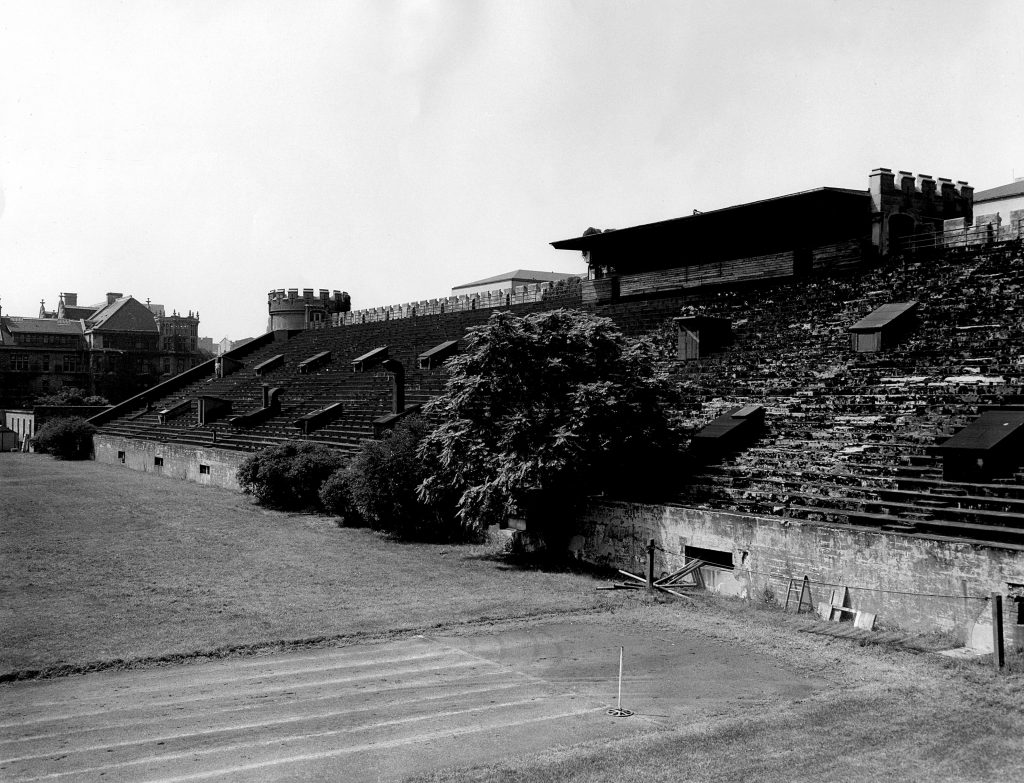Ralph A. James (1920-1973) was a research associate in the Chemistry Division at the University of Chicago’s Metallurgical Laboratory (“Met Lab”) during the Manhattan Project.
According to Journal of Glenn T. Seaborg (Vol. 2), James worked on the Wet Fluoride Process, a method for purifying and converting mined uranium. He also was involved in studying the Bismuth Phosphate Process for the extraction and decontamination of plutonium. During this period, James was in Group 1, Extraction and Decontamination.
In 1944, James joined Group 7, Basic Chemistry, led by chemist Burris Cunningham, and then Group 6, Basic Wet Chemistry, led by James C. Hindman (Seaborg, p. 152 and p. 267). During this time, James was investigating heavy isotopes by bombardment of plutonium 239. Through this research, James co-discovered element 95, Americium, with Glenn T. Seaborg, Leon O. Morgan, and Albert Ghiorso.
As of July 1, 1945, James was named a research assistant in the Heavy Isotopes Group (Seaborg, 84). By August 1945, he was promoted to research associate (Seaborg, p. 135). On June 15, 1944, he got married. His first son, Marshall Ralph, was born on March 23, 1945.
Early Years
On September 23, 1920, Ralph Arthur James was born in Salt Lake City, Utah. He graduated from the University of California, Berkeley in 1942 with a bachelor’s degree in chemistry.
Later Years
In Volume 4 of Seaborg’s Journal, Seaborg wrote that James left the Met Lab on April 16, 1946. James decided to pursue his Ph.D. at the University of California, Berkeley, and work as the university’s Radiation Laboratory (p. 566).
In 1948, James along with Seaborg and Ghiorso discovered element 96, Curium, at the University of California, Berkeley. He was awarded the John Simon Guggenheim Fellowship in 1955.
At the age of fifty-two, Ralph Arthur James died on February 24, 1973.
For more information about Ralph Arthur James and his work at the Met Lab, please see the following references:





